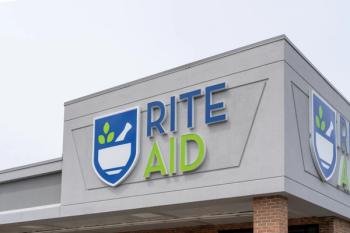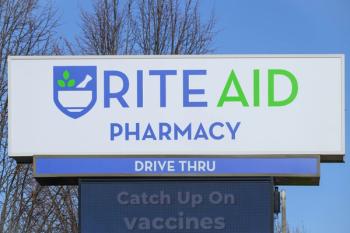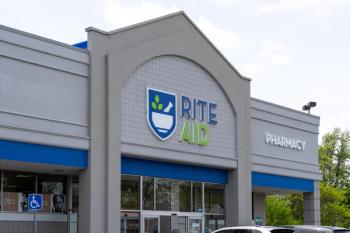
150 years of American Pharmacy: Growth of chains: From opposition to assimilation
Over time Drug Topics and the pharmacy industry slowly began to accept chain pharmacies as legitimate.
For the first 37 years of its life, Drug Topics was owned by drug wholesaler McKesson & Robbins, which had little to say about the growth of chains. In the second issue, after becoming independent, the magazine published an article by "The Country Druggist," which criticized manufacturers that gave a discount to large-scale buyers, arguing, "It is the great bulk of small buyers who give you your big volume. Why not make them your friends?"
Why the concern? By 1929, according to data compiled in the Drug Topics Fact Book, chain stores accounted for $360 million and 18% of total drugstore sales. Between September 1927 and March 1929, the number of chain stores increased by 56%, to more than 4,053 nationwide, owned by 523 chains.
As the power and influence of drugstore chains grew, attention turned to new competitors. During the 1940s, Drug Topics detailed the incursions of department stores like Macy's, subway kiosks, and supermarkets into traditional drugstore business. "No one can say with assurance just how serious the invasion of the drug field by non-drug dealers will be," McQuade argued in an October 1942 editorial on the possibility that supermarkets would begin to sell drugs. "Common prudence demands that the retail pharmacist should lose no time putting his store on the best fighting basis possible."
Of course, over time, drugstore chains, supermarkets, and department stores would come to be seen as legitimate parts of the pharmacy industry. By 1980, the pages of Drug Topics celebrated the opening of the 1,000th Eckerd store and the growing number of, and space devoted to, supermarket pharmacies.
Newsletter
Pharmacy practice is always changing. Stay ahead of the curve with the Drug Topics newsletter and get the latest drug information, industry trends, and patient care tips.





























































































































